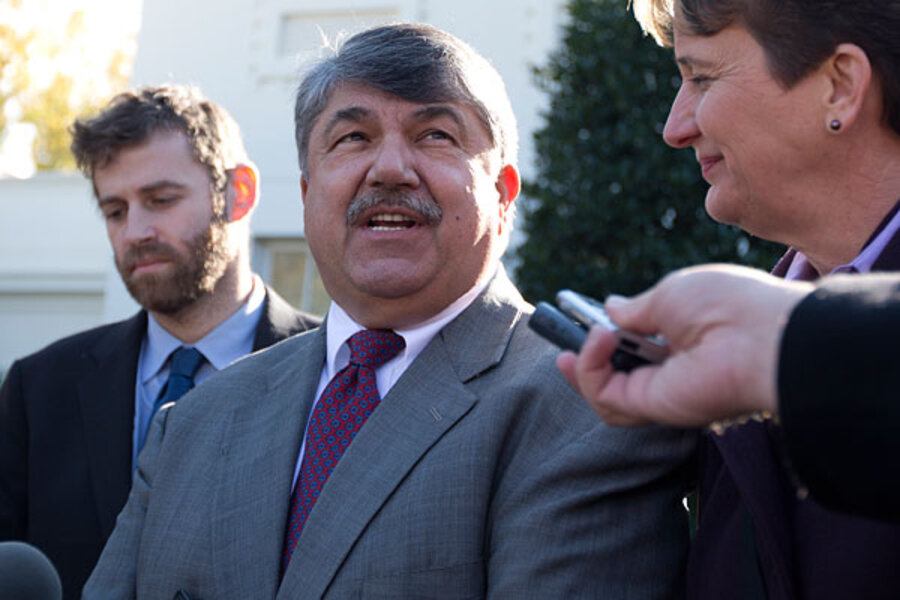One major reason that the last major immigration reforms – in 1986 – have been deemed a failure is that they did not effectively address the issue of employment-based immigration to the US, many business groups and immigration analysts say.
American businesses couldn’t get the workers they needed domestically, and foreigners had no access to legitimate worker programs. Add porous borders and, voilà, 10 million or more people illegally in the US.
That tide of employment-based immigrants is known as “future flow” in immigration parlance, and a dispute between big business and big labor over just how to handle it helped sink an attempt in 2007 to reform immigration laws.
This time, however, a deal between the US Chamber of Commerce and the AFL-CIO, the nation’s largest labor union, appears to have set the parameters for what future flow will look like.
The two main developments of their accord are a new “W” worker visa and a new bureau to study the US labor market and its need for foreign labor.
The new visa category, beginning in 2015, would give between 20,000 and 200,000 foreigners the opportunity to work in the US for one year. At the end of the year, workers could reapply for temporary authorization or petition for permanent status in the US.
Exactly how many temporary workers come into the country would be adjudicated in part by a statistical formula and in part by a new Bureau of Immigration and Labor Market Research, which would study the labor market. By 2020, that bureau would be producing lists of occupations with labor shortages in the US, giving its input on how many W visas should be allocated and generally helping shape US immigration policy as it relates to the domestic labor market.







